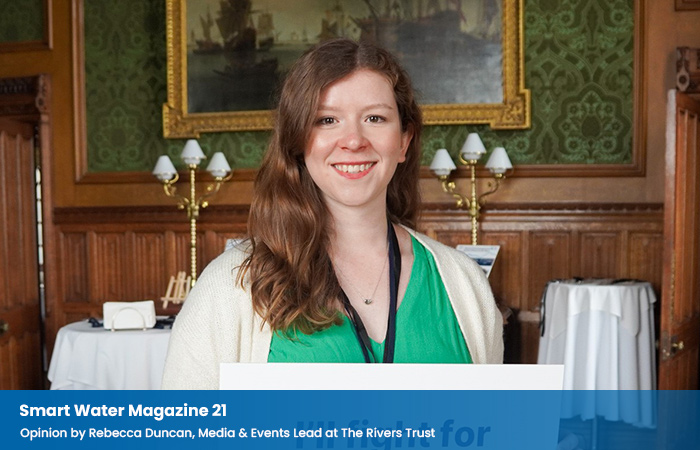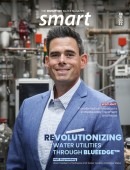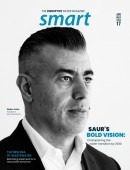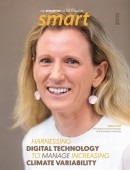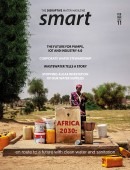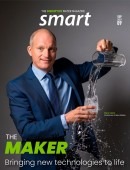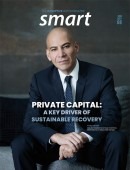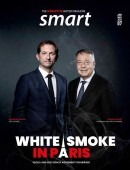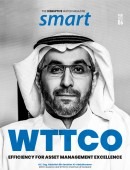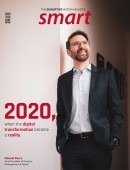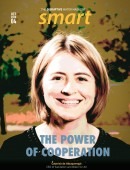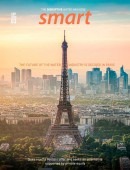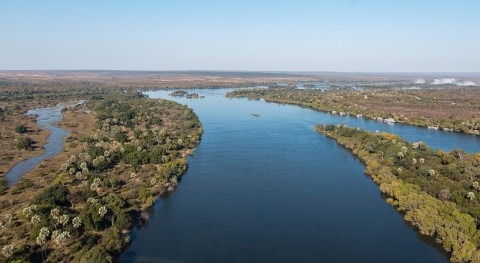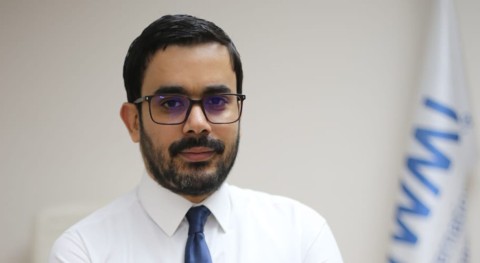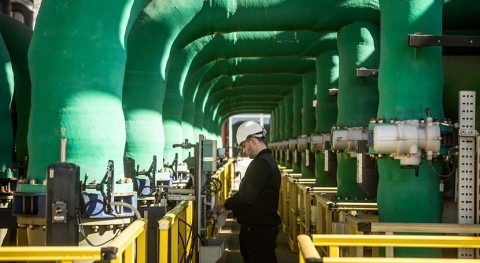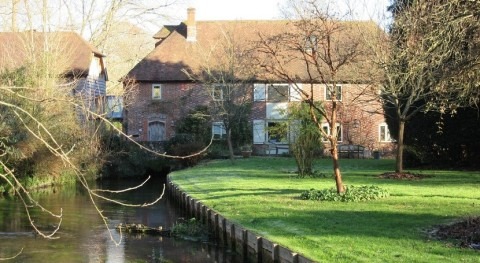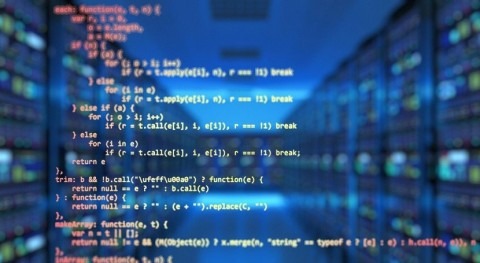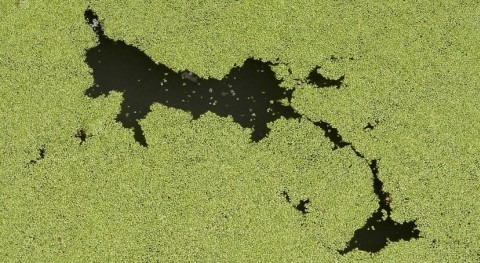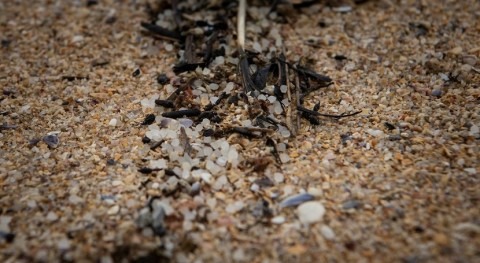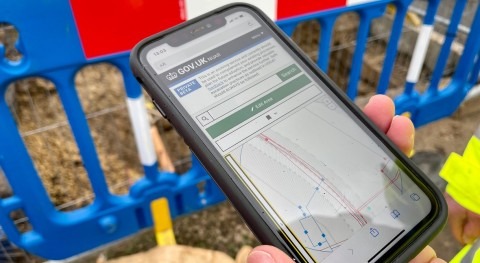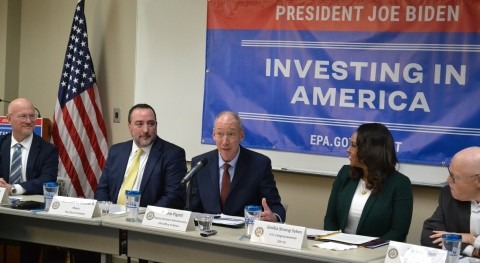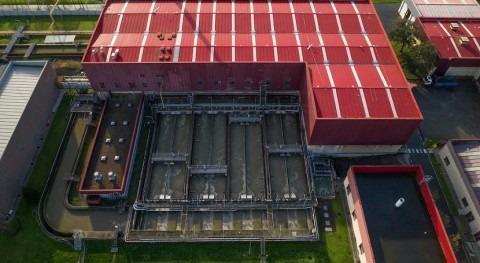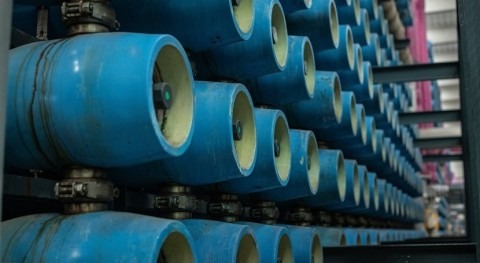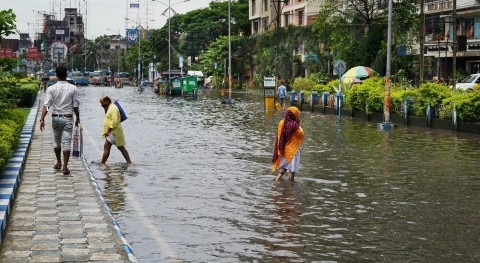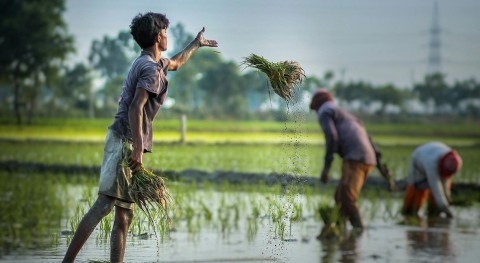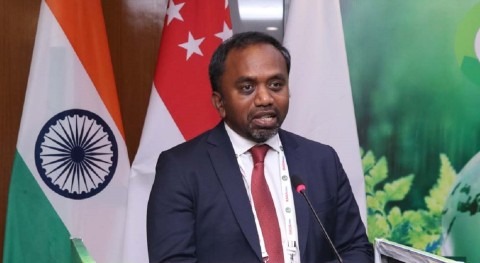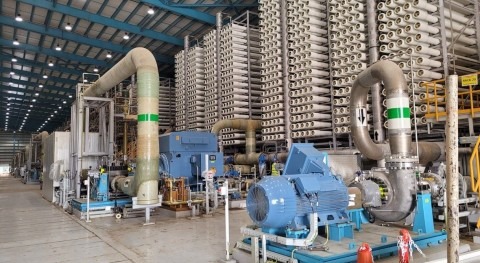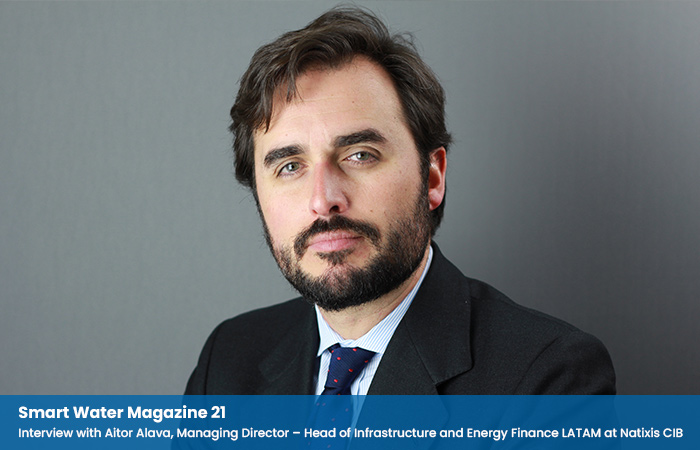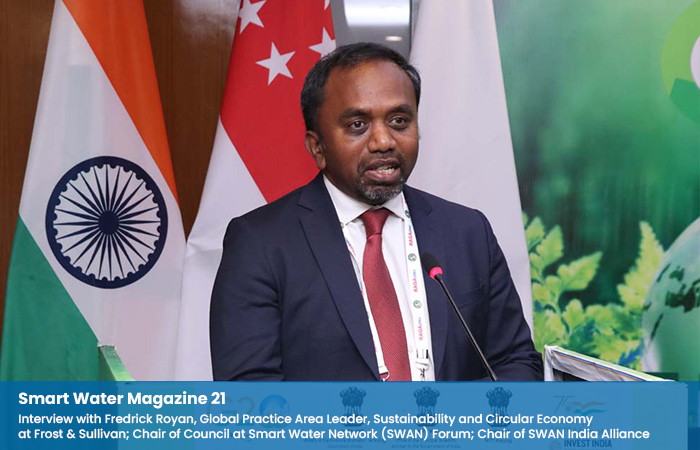Featured content
Content summary
Introducing the inaugural issue of Smart Water Magazine – Printed Edition of 2024, featuring a fresh name and look alongside the high-quality content you know and trust. Timed perfectly with World Water Day on March 22, themed "Leveraging Water for Peace," this edition explores water's pivotal role in fostering peace and prosperity across societies and economies. Our cover story highlights an exclusive interview with Saroj Kumar Jha, the World Bank Group's Water Global Practice Global Director, shedding light on the bank’s efforts to address global water and sanitation challenges. Delving deeper, Laura F. Zarza examines water's nature as both a conflict trigger and a tool for peace in a compelling feature article. We also spotlight the vital role of water sector companies in ensuring water security through innovative solutions and collaboration with stakeholders. This issue's focus on desalination and water supply underscores the critical importance of efficiency in these areas, with WEG’s Motion Drives solutions and ABB’s variable speed drives leading the charge in technological advancements. Journeying across the globe, our interviews with experts such as Frederick Royan, Michael Lesniak, and Aitor Alava offer unique insights into India's Jal Jeevan Mission, Taiwan’s investment in desalination, and water infrastructure in Latin America. Alongside these you will find opinion pieces from a range of industry experts and additional interviews and in-depth features, provide a comprehensive overview of current trends and topics in the water sector. Dive into Smart Water Magazine 21 for all this and more, as we navigate the ever-evolving landscape of water management and innovation.
Features
We discover WEG’s Motion Drives, the company’s innovative solution that revolutionizes large-scale water treatment processes.
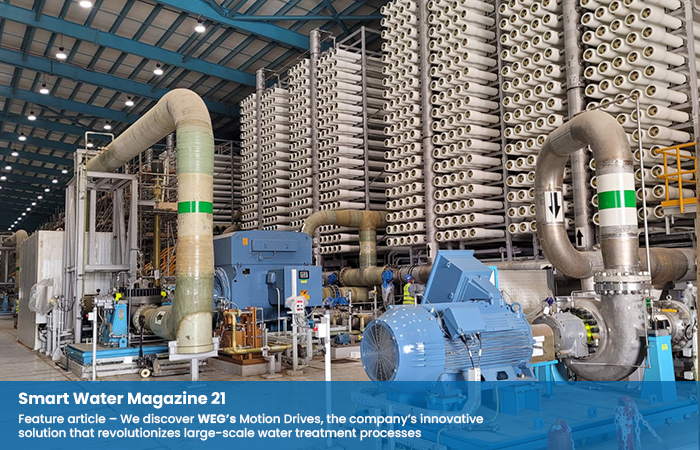
To celebrate World Water Day, SWM delves deep into “Water for Peace”, this year’s theme by analysing the ongoing worldwide water conflicts.
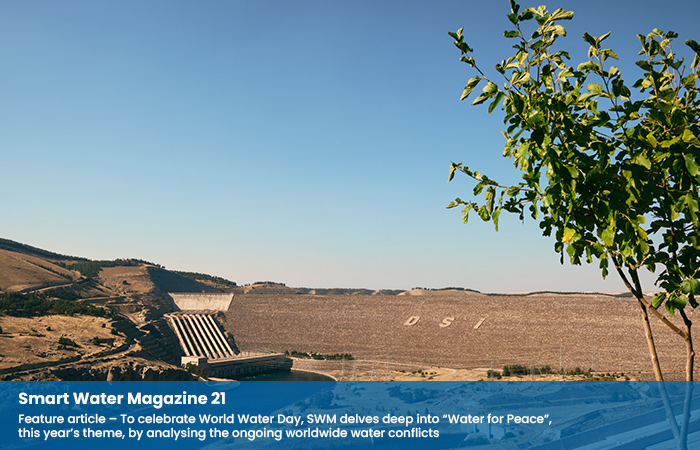
In this feature article, ABB explores the fundamental role of variable speed drives (VSDs) for water conservation and energy efficiency.
-for-water-conser.jpg)
An in-depth analysis of financing needs and how to create the conditions to make basic water and sanitation services a reality.
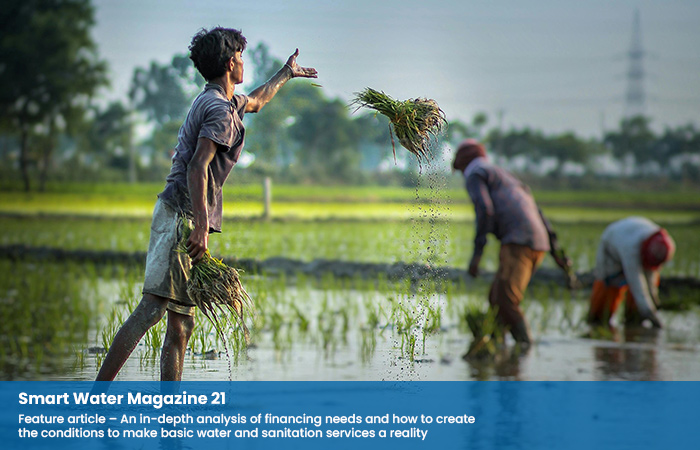
Too much, too little, too polluted: an overview of the threats to water security at the global level and the path ahead to overcome them.
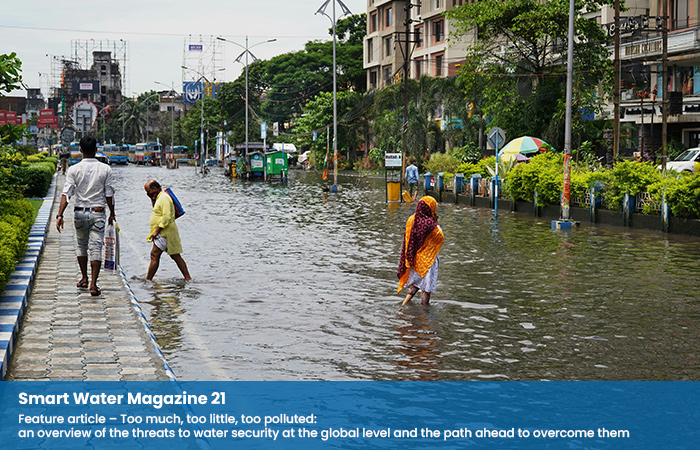
A look at Morocco’s ambitious plans to develop its desalination capabilities as it paves the way for a water-secure future.
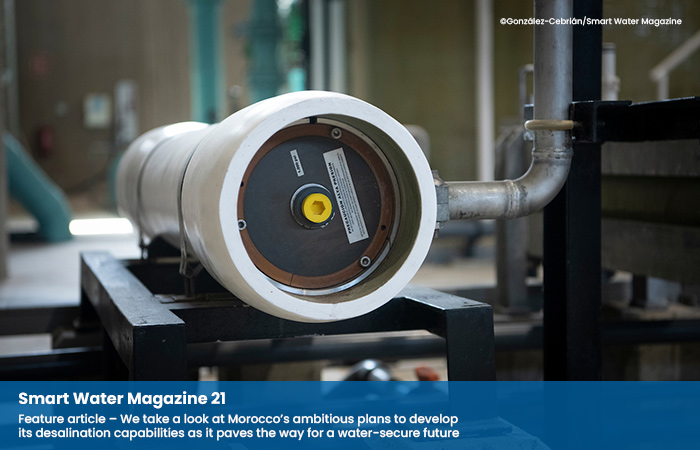
We highlight the efforts of the water industry to ensure access to clean water and sustainable water management practices.
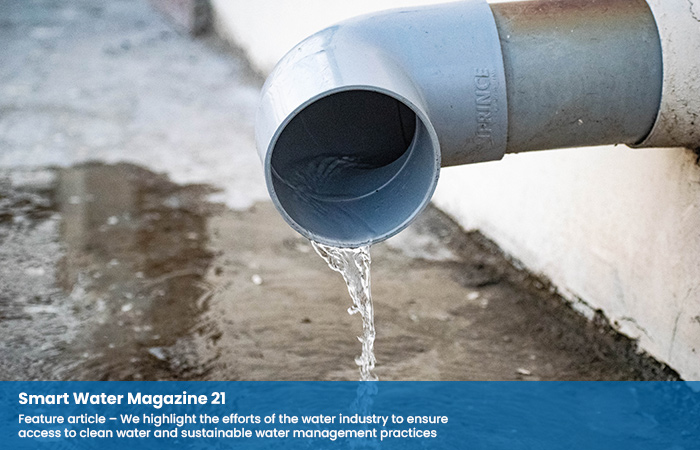
Interviews
Interview with Saroj Kumar Jha, Global Director for the World Bank Group's Water Global Practice (GP)
- To achieve SDG 6, the Water Global Practice focuses on enhancing investments, institutions, and information in the countries we support
- It will be impossible to achieve all the SDGs without providing clean water and sanitation to everyone, so failure on water is not an option
- We have a portfolio of US$28 bn in water-related investments, making us the largest multilateral financier of water in developing countries
- The World Bank enables a multisectoral approach by helping governments build data and information platforms for collaboration
- Water is at the center of the climate crisis: climate change is severely disrupting the water cycle on which people and the planet depend
- World Bank has established a Desalination Community of Practice, aiming to generate, capture and disseminate knowledge on desal governance
- In water-stressed Tunisia, the World Bank’s sanitation engagement was key in supporting increased reuse of treated wastewater in agriculture
- Nowadays technology is moving at a very high pace, but the water sector has been risk-averse and slow to adopt and disseminate new technologies
.jpg)
Interview with Bruno Pigott, Acting Assistant Administrator for EPA’s Office of Water.
- Thanks to the Biden-Harris Administration, EPA is providing an unprecedented $50 billion in funding and assistance to communities
- Clean, safe water is at the heart of any thriving community and it powers our economy by creating jobs and keeping businesses open
- EPA’s Water Technical Assistance programs are working to identify and help communities that have been historically left behind
- Our WaterTA program is already helping 750 communities across the country, and we’ve committed to doubling that over the next three years
- $9 billion of the $50 billion is specifically allotted for communities with drinking water impacted by PFAS and other emerging contaminants
- Thanks to EPA’s Climate Adaptation Plan, climate impacts and climate resilience are part of the criteria for grant and loan funding
- CRWU helps promote a clear understanding of climate data and helps water sector utilities identify potential adaptation strategies
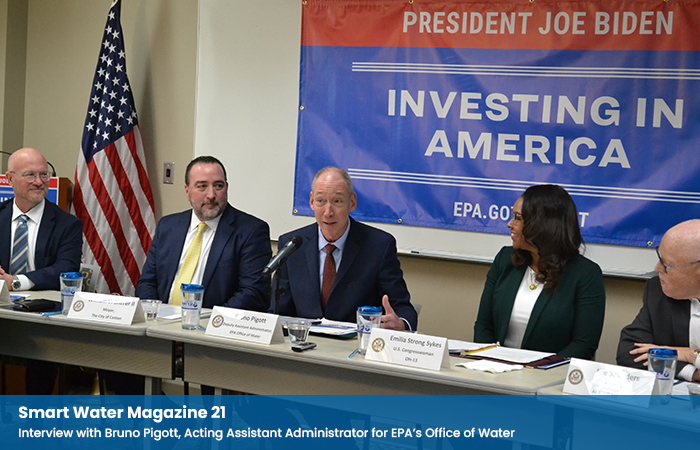
Interview with Aitor Alava, Managing Director – Head of Infrastructure and Energy Finance LATAM at Natixis CIB
- We see a huge need for infrastructure investment in Latin America, and we see this trend growing, particularly with respect to the water sector
- In the near term most desalination projects would be associated with industrial processes, mining being the most obvious example
- Chile is a copper mine country, key for the energy transition: we expect desalination and other water deals associated with mines in Chile to grow
- Water projects should always have strong social and government support because they alleviate a major issue – water scarcity
- A stable regulatory environment is the cornerstone for any non-recourse infrastructure project; without this, it is difficult to structure a transaction
- Everything that reduces uncertainty and gives stability allows to raise more competitive financing thus reducing projects’ overall costs and a lower cost for end-users
- Our role is to underwrite deals, giving clients certainty of execution; after closing, we will look to syndicate this through different channels
- Some of the deals have been delayed because it has taken a long time to secure the various permits, especially environmental permits
Interview with Michael Lesniak, VP Partnerships at Aquatech International
- One of the challenges of making silicon chips is that the foundries consume a lot of water and generate a lot of wastewater
- Taiwan’s public and government realize they must invest in water infrastructure if they want to dominate their microelectronic competitors
- Taiwan anticipates total reuse capacity of 334,000 m3/d by 2026, as well as eight desalination plants with a total capacity of 850,000 m3/d
- Leaders in Taiwan have the skill and will, in addition to the money, public and private support, and the right science, for a $13B investment
- Water infrastructure is a large long-term investment, and the role of leadership is to foresee and address problems before they become big
- Water problems involve many stakeholders, so businesses need to understand their role and insert themselves when and if needed
- The latest trend is for all companies to look seriously at water sustainability, and to look at water use throughout the entire supply chain
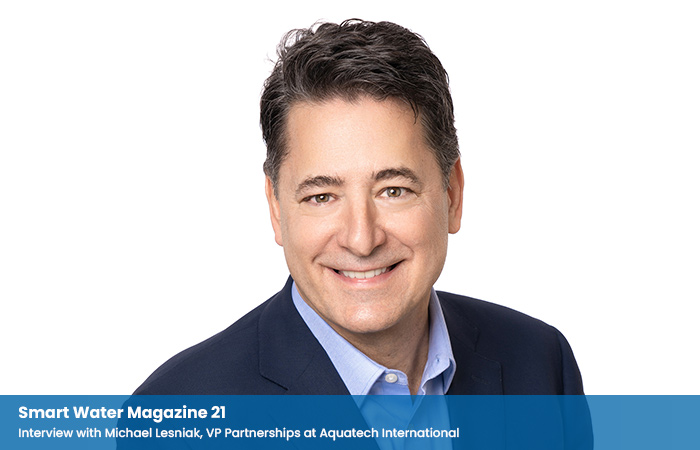
Interview with Fredrick Royan, Global Practice Area Leader, Sustainability and Circular Economy at Frost & Sullivan; Chair of Council at Smart Water Network (SWAN) Forum; Chair of SWAN India Alliance
- The JJM – being very data driven as a policy – is providing a platform or a dashboard with the details in terms of programme progress
- With the physical infrastructure in place, we are seeing tenders covering from IoT platforms to water quality and quantity monitoring
- The growth opportunities for smart water as part of JJM include contracts for design and deployment of IoT platforms, DaaS or/and WaaS
- Water balance and audits, NRW management and hydraulic modelling are emerging as use cases of smart water solutions and services in India
- Smart water metering is another growth opportunity as large cities such as Mumbai and Chennai are set to have smart water meter rollouts
- There needs to be a focus on business models such as Data-as-a-Service (DaaS), Water-as-a-Service (WaaS) and Metering-as-a-Service (MaaS)
- The smart water ecosystem in India can be a test-bed for cost-effective and scalable smart water solutions for emerging and developed markets
- Some of the success stories we have witnessed highlight a need for a Digital LITe (Less Intensive Tech) version of smart water solutions
Interview with Ivo Daniel, Researcher, Technical University of Berlin
- Each utility company develops their own understanding of digital transformation, depending on the challenges they were and are facing
- Divergent concepts of digital transformation can make communication difficult between utilities, researchers, and technology providers
- All utilities surveyed regarded digital technologies as potential solutions for current and future technical and environmental challenges
- Water distribution systems may serve as a valuable entry point for water utilities starting their digital transformation
- The underlining conclusion remains that digital transformation is a global process, independently of geographic or socio-demographic factors
- The gap between motivations and technology adoption may depend on internal processes, structure, or even vision and capability of managers
- A full-scale digital transformation of a water utility requires an innovative mindset both at the management as well as the operational level
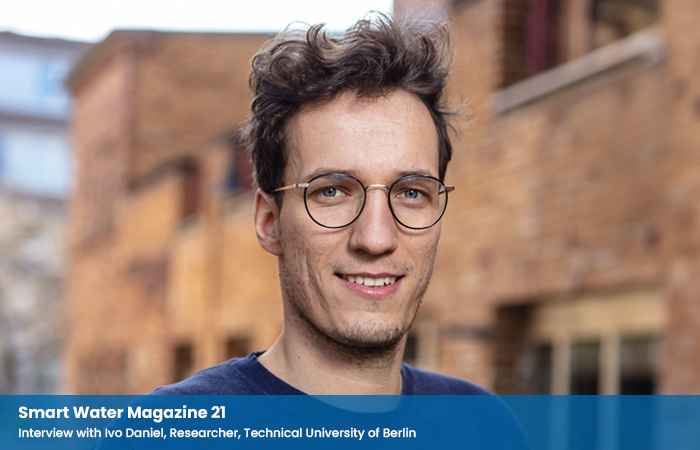
Interview with Neil Lloyd, Service Adoption Lead, National Underground Asset Register. UK Geospatial Commission
- We are encouraging early adoption as this allows users to provide invaluable feedback to the NUAR team on the service and its features
- A data sharing framework was created to support voluntary data sharing and a Data Model Governance Group established
- The NUAR minimum viable product (MVP) has been launched and includes all core functionality and capabilities to meet the “safe dig” use case
- In cases of emergency work, such as a burst water main, workers are digging without all the data that technology could otherwise make available
- Instead of the 6 days it takes to receive and process the data to carry out an excavation, NUAR makes data available in circa 60 seconds
- A key challenge is the standardisation of data created over decades, which varies significantly in terms of its form and structure
- NUAR is expected to deliver over £400 m per year in economic growth through increased efficiency, reduced asset strikes and disruptions
- We worked with asset owners to agree a harmonised data model based on an emerging Open Geospatial Consortium standard – MUDDI
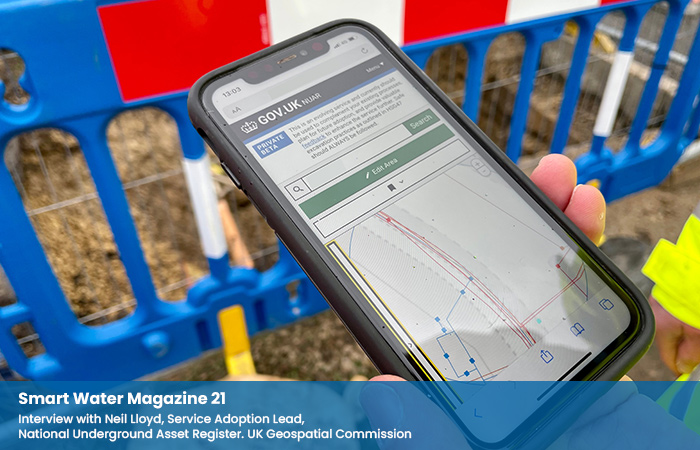
Opinion articles
Abdul Aala Khurram, Technical Director, Water Care Services, Pakistan
Akhil Samavedam and Harsha Samavedam, Westlake High School students (Austin, USA), developing a low-cost device for microplastic detection in water
Dharmesh Hansora (Ph.D. Chemical Engineering), Postdoc Researcher, UNIST, South Korea
Emanuele Quaranta, European Commission, Joint Research Centre, Italy
Euphresia Luseka, Water Governance and Systems Strengthening Specialist, Co-Thematic Lead RWSN Leave-No-One-Behind Theme
Julian Schmid and Tobias Armstrong. Research Assistants at ETH Zurich
Keon McEwen Global Lead, SOC – Industrial Cybersecurity at ABSG Consulting Inc
Stefanie Rigg, North America Industry Manager, WaterCARE at MacDermid Enthone Industrial Solutions
Will Sarni. Founder and CEO of Water Foundry
Dr Youssef Brouziyne. Regional Representative of the International Water Management Institute (IWMI) in MENA. Water System Lead of CGIAR in MENA
Zia Bukhari, Senior Scientist at American Water
Rebecca Duncan, Media & Events Lead at The Rivers Trust
